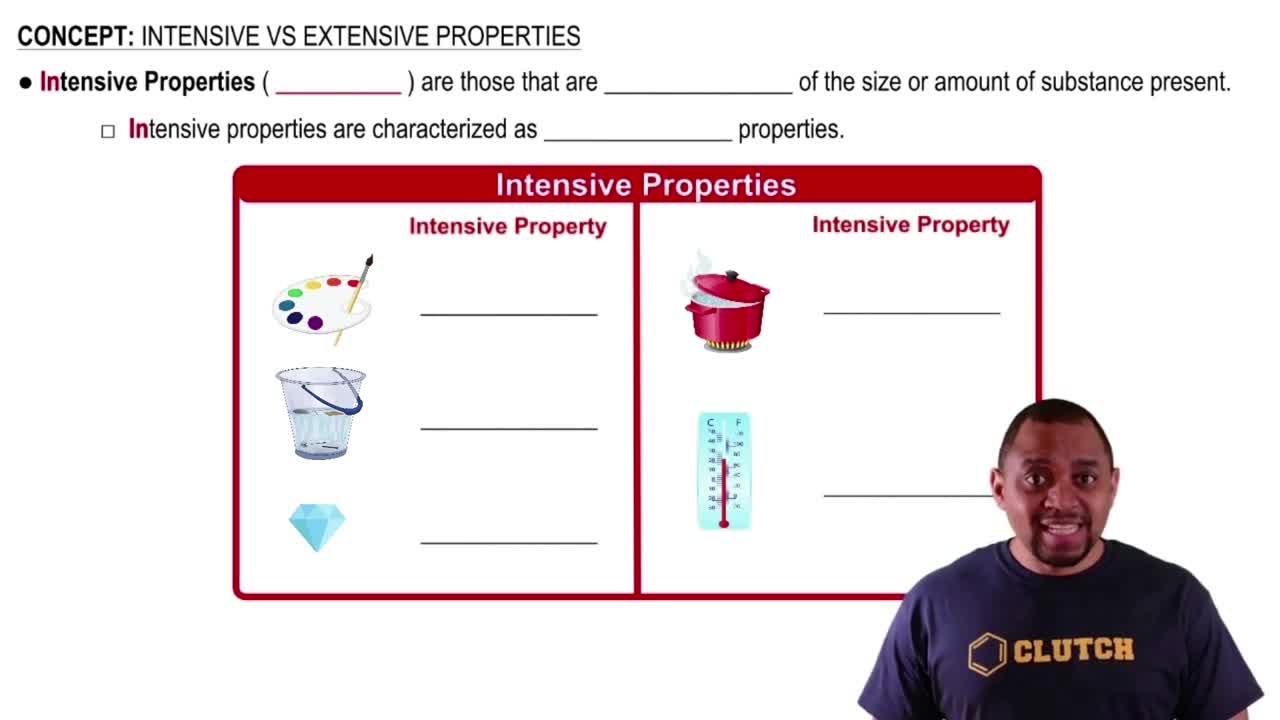Here are the essential concepts you must grasp in order to answer the question correctly.
Nuclear Fission
Nuclear fission is the process by which a heavy nucleus, such as uranium-235, splits into two smaller nuclei along with the release of energy and neutrons. In nuclear power plants, controlled fission reactions are used to generate heat, which is then converted into electricity. In contrast, atomic weapons rely on an uncontrolled chain reaction, leading to a rapid release of energy and an explosive yield.
Recommended video:
Band of Stability: Nuclear Fission
Enrichment Levels
Uranium used in nuclear power plants is typically enriched to about 3-5% uranium-235, which is sufficient for sustaining a controlled fission reaction. In contrast, uranium for atomic weapons is highly enriched, often exceeding 90% uranium-235, allowing for a rapid and uncontrolled chain reaction necessary for an explosion. The level of enrichment is a critical factor that differentiates the two applications.
Recommended video:
Quantum Numbers and Orbitals Example
Reactor Design vs. Weapon Design
The design of nuclear reactors and atomic weapons is fundamentally different. Reactors are engineered to maintain a stable and controlled reaction, utilizing moderators and control rods to manage the fission process. Conversely, atomic weapons are designed for maximum energy release in a very short time, employing fast fission and specific geometries to achieve a critical mass rapidly, resulting in an explosive reaction.
Recommended video:




